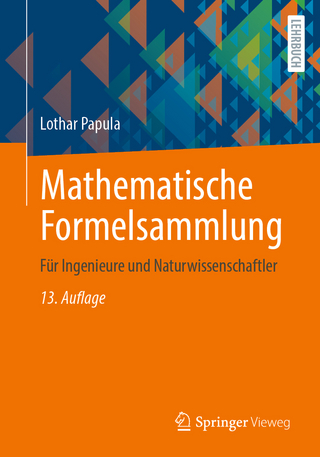Non-Cooperative Game Theory
Seiten
This is a textbook for university juniors, seniors, and graduate students majoring in economics, applied mathematics, and related fields. Each chapter is structured so that a core concept of that chapter is presented with motivations, useful applications are given, and related advanced topics are discussed for future study. Many helpful exercises at various levels are provided at the end of each chapter. Therefore, this book is most suitable for readers who intend to study non-cooperative game theory rigorously for both theoretical studies and applications.
Game theory consists of non-cooperative games and cooperative games. This book covers only non-cooperative games, which are major tools used in current economics and related areas. Non-cooperative game theory aims to provide a mathematical prediction of strategic choices by decision makers (players) in situations of conflicting interest. Through the logical analyses of strategic choices, we obtain a better understanding of social (economic, business) problems and possible remedies. The book contains many well-known games such as the prisoner’s dilemma, chicken (hawk–dove) game, coordination game, centipede game, and Cournot, Bertrand, and Stackelberg models in oligopoly. It also covers some advanced frameworks such as repeated games with non-simultaneous moves, repeated games with overlapping generations, global games, and voluntarily separable repeated prisoner’s dilemma, so that readers familiar with basic game theory can expand their knowledge. The author’s own research is reflected in topics such as formulations of information and evolutionary stability, which makes this book unique.
Game theory consists of non-cooperative games and cooperative games. This book covers only non-cooperative games, which are major tools used in current economics and related areas. Non-cooperative game theory aims to provide a mathematical prediction of strategic choices by decision makers (players) in situations of conflicting interest. Through the logical analyses of strategic choices, we obtain a better understanding of social (economic, business) problems and possible remedies. The book contains many well-known games such as the prisoner’s dilemma, chicken (hawk–dove) game, coordination game, centipede game, and Cournot, Bertrand, and Stackelberg models in oligopoly. It also covers some advanced frameworks such as repeated games with non-simultaneous moves, repeated games with overlapping generations, global games, and voluntarily separable repeated prisoner’s dilemma, so that readers familiar with basic game theory can expand their knowledge. The author’s own research is reflected in topics such as formulations of information and evolutionary stability, which makes this book unique.
| Reihe/Serie | Monographs in Mathematical Economics ; 1 |
|---|---|
| Zusatzinfo | 64 Illustrations, black and white; XI, 260 p. 64 illus. |
| Verlagsort | Tokyo |
| Sprache | englisch |
| Maße | 155 x 235 mm |
| Themenwelt | Mathematik / Informatik ► Mathematik ► Angewandte Mathematik |
| Mathematik / Informatik ► Mathematik ► Finanz- / Wirtschaftsmathematik | |
| Mathematik / Informatik ► Mathematik ► Wahrscheinlichkeit / Kombinatorik | |
| Wirtschaft ► Volkswirtschaftslehre | |
| ISBN-10 | 4-431-55644-3 / 4431556443 |
| ISBN-13 | 978-4-431-55644-2 / 9784431556442 |
| Zustand | Neuware |
| Informationen gemäß Produktsicherheitsverordnung (GPSR) | |
| Haben Sie eine Frage zum Produkt? |
Mehr entdecken
aus dem Bereich
aus dem Bereich
Buch | Softcover (2024)
Springer Vieweg (Verlag)
CHF 53,15
Buch | Softcover (2024)
Springer Vieweg (Verlag)
CHF 62,95
für Ingenieure und Naturwissenschaftler
Buch | Softcover (2024)
Springer Vieweg (Verlag)
CHF 48,95




